The most popular of all the Maharashtrian devotional saints is undoubtedly Sant Tukaram (1608?- 1650).

His songs for Vitthala of Pandharpur so deeply influenced Marathi literature and culture that they literally have become part of Maharashtra’s public memory! There is no home, no village where someone doesn’t memorize at least a couple of Tukoba’s abhangs – many know hundreds by heart! Coming from an ordinary background, showing his full tangible humanness by laying bare his anxieties, sufferings, weaknesses; speaking the simple tongue of the common people, Tukaram is very much a saint the masses can identify with; they regard him as one of themselves!
In a famous abhang –santa kripa jhali–his disciple Bahinabai visualizes this Bhakti- Sampraday, the Varkari-Panth, as a temple built over the last eight centuries with the contributions and blessings of all the sants, culminating in Sant Tukaram as the kalash or pinnacle. Not because he was greater than the other saints in his realizations, but because the teachings of this grand, straight and simple path of bhakti came to full fruition in him. He is the people’s poet – millions of illiterate villagers have been voicing their prayers of love of God through Tukoba’s abhangs, receiving all necessary spiritual instructions through them.
He not only realized God himself, but brought God-realization within the easy reach of all!
‘Jnanoba – Tukaram’ are the two great names chanted by hundreds of thousands of Varkaris during the annual Ashad-pilgrimage to Pandharpur. Sant Jnaneshvar–the foundation, and Sant Tukaram–the pinnacle, contain within them the blessings of all the other bhakti-saints over the centuries.
Life
Sant Tukaram (1608?-1650) was born in Dehu, a small village near Pune, not far away from Alandi, the sanjivan-samadhi of Sant Jnaneshvar. Both towns lie on the banks of the river Indrayani.
This story is from the {{IssueName}} edition of {{MagazineName}}.
Start your 7-day Magzter GOLD free trial to access thousands of curated premium stories, and 9,000+ magazines and newspapers.
Already a subscriber ? Sign In
This story is from the {{IssueName}} edition of {{MagazineName}}.
Start your 7-day Magzter GOLD free trial to access thousands of curated premium stories, and 9,000+ magazines and newspapers.
Already a subscriber? Sign In
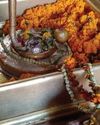
Panchakroshi Parikrama of Varanasi
At the snow-capped Kailas, the Divine Lord Shiva was seated with Mother Parvati.
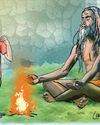
Gadai and the Monks
A fictional narrative based on incidents from the childhood of Sri Ramakrishna.
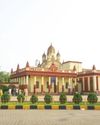
Chintayo momo maanosho Hori...
Sri Ramakrishna loved songs. There probably was no normal day when he did not sing some songs.
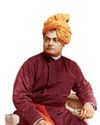
The Vedanta Vaccine
The world is still struggling under the impact of the pandemic due to Covid-19 for the last three years.

Chandrakirti's Chariot: Self in Madhyamaka Buddhism and Advaita Vedanta
The goal in Advaita Vedanta is the cessation of suffering and the attainment of true fulfillment. Suffering, according to this school, is due to ignorance of the true nature of the self and consequent erroneous identification with the body-mind.
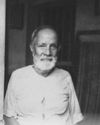
Reminiscences of Sargachhi
Question: यद्यदाचरतत श्रेष्ठसतत्तदरेवरेतरो जनिः। ‘Whatever a superior person does, others do the same thing!’ (Gita 3:21) – What does this statement mean?
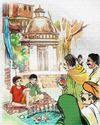
THE AUTUMN FESTIVAL
A fictional narrative based on incidents from the childhood of Sri Ramakrishna.

Bards of Guruvayur: Vilwamangalam II
Saints of India
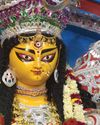
In the Universal Mother’s Divine Playground
Swami Vivekananda never taught the worship of Mother Kali. In a letter to Mary Hale he writes, “Kali worship is not a necessary step in any religion.
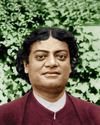
Swami Vivekananda: A Sportsman Par Excellence
In various books and articles, Swami Vivekananda has been called a spiritual leader, a prophet, a patriot, a social reformer, a philosopher, a yogi, a writer, an orator, an educationist, a musician, and so on.